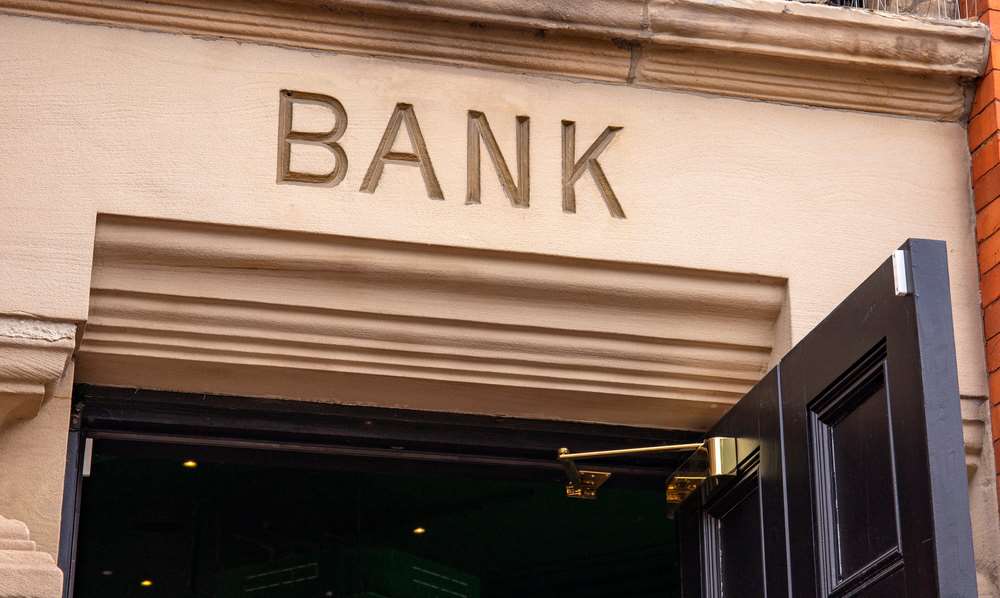Banking
Open banking –it’s time for banking that matters

By Deepanker Venkatesh, Senior Manager, Wealth Management Practice Head, Wipro Technologies Limited and Ankur Dani, Senior Consultant, Wipro Technologies Limited

Deepanker Venkatesh
Customer data is to banks what blood is to the human body. It is due to this criticality and competitive advantage associated with customer data that means banks become reluctant to share it with third parties. There is a constant fear of losing customers and business to other institutions who can use customer data better than the bank which owns the customer relationship.
But today the question is, whether banks get to decide who controls the flow of data? It is at this juncture that the concept of open banking comes into play, and in doing so it is putting control back into the customer’s hands.
Open Banking
Open banking helps financial services customers to securely share their financial data with other financial institutions. It provides an opportunity to transform the value chain of banking – in how banks engage customers, provide products and services, and work with third parties.

Ankur Dani
Open banking requires opening up banks’ application program interfaces (APIs) to third parties, who can use the shared consumer data to create innovative products and services.These third parties can also showcase ways for banks to create new revenue sources and generate value for all members of their ecosystem. It’s worth reviewing some examples to see how this could work in practice.
Open banking capabilities – Use cases
- Better credit scoring by means of account aggregation
Third party apps could help lenders get a 360-degree view of the customer’s financial situation and risk level. This will allow lending decisions to become more robust and new credit uptake will happen in accordance with customers’ overall financial health. Questions like “how much are my total assets worth?”, “how much can I spend?” and “where can I get better interest rates?” become answerable with a higher degree of certainty.
- Better up-sell and cross-sell opportunities suiting individual behavior and lifestyles
A third party app could look at all data which customers give permission for it to view and then offer the best suited price for the product the customer is interested in. If the app results in selling the product to the customer, it would increase the bank’s revenue via increased distribution of services and new revenue streams.
Conservative assumptions to quantify the bank revenue in above case:
- Value of insurance product is $50,000
- Bank pays referral fee = 0.05% of insurance value (i.e. $25) to a trusted third-party
- Size of bank’s customer base = 1 million
- Only 1% of customers (i.e. 10,000 customers) have mobile banking access,
- Only 10% of those customers (i.e. 1,000 customers) take the insurance product.
So for every deal which is captured on the third party app, banks are paying a referral fee of $25 * 1,000 deals = $25,000 only. Against this the bank is generating a revenue of $50,000 * 1,000 = $50,000,000.
- Access to superior product offerings via comparison
A third party app could link a customer’s primary banking relationship with their secondary banking relationship and see how their investments in the primary relationship are performing as compared to the investment avenues available in the secondary relationship, with similar product risk levels. If a better alternative is found, the secondary relationship could be switched using a quick and easy “single button switch” process and by following a step-by-step guide on how to liquidate the existing investment.
This will result in the customer getting better returns with the new product, increase in the AUM (assets under management) of the secondary relationship and the primary relationship would be eventually forced to improve their product catalogue. The typical market efficiency scenario would play out here.
Monetizing open banking the right way
- Direct Revenue:Bank(s) sell or license transaction data APIs to third party.
- Indirect Revenue: Bank(s) pay a referral fee to the third party, or take a cut of transactions from the market place.
Benefits to banks and customers
- Expanding customer reach – Open banking helps banks in expanding customer reach to un-served and underserved customers.
- Increased distribution of services – Open banking helps banks to create new revenue from increased distribution of services via third-parties.
- Increased transparency – It increases customer transparency and satisfaction, and integrates the banking experience closely with the life of customer.
Implementation across globe
Open banking draws its momentum from regulation and governmental drive. It is gaining momentum worldwide but the extent to which different markets are ready to support the success of open banking varies widely.
Developed markets have started to implement relevant use cases and certain geographies have started reaping the benefits described in this article. To align fully with consumer expectations it is pivotal in today’s society that financial services firms monitor these trends and review appropriateness to their business in order to achieve success.








